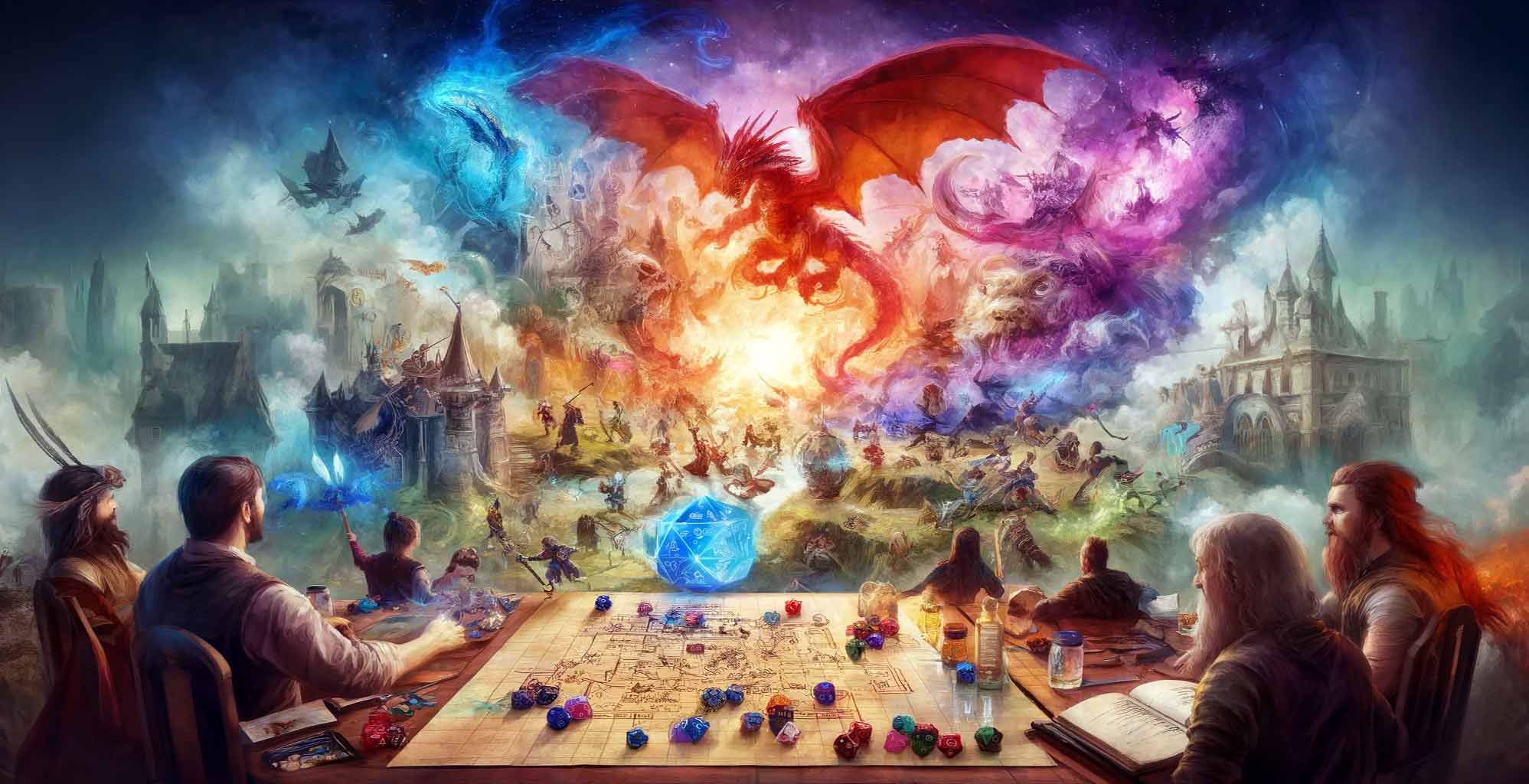Discover Your True D&D Alignment: Are You Lawful Good or Chaotic Evil?
Have you ever wondered where you fall on the Dungeons & Dragons alignment spectrum? Whether you’re a strict rule-follower or a rebel at heart, your D&D alignment reveals a lot about how you view the world and approach moral dilemmas. From the noble Lawful Good to the chaotic and destructive Chaotic Evil, this quiz will help you determine your true alignment and how it shapes your decisions in and out of the game.
In Dungeons & Dragons, your alignment is more than just a label. It defines your character’s core values, how they interact with others, and what drives their decisions. By answering a few simple questions, you’ll uncover whether you lean toward upholding the law, embracing freedom, or somewhere in between. Let’s dive in and discover which D&D alignment matches your personality!
What Is Your D&D Alignment?
Understanding D&D Alignments
Dungeons & Dragons has long fascinated players with its complex character development, and one of the most essential aspects of this is alignment. An alignment provides a moral and ethical framework that governs a character’s actions, personality, and worldview. Whether you’re a hero who believes in the importance of law and justice, or a free-spirited adventurer who values freedom above all else, alignment offers insight into your character’s motivations.
There are nine core alignments in D&D, each falling within two primary axes: Law vs. Chaos and Good vs. Evil. The Law/Chaos axis represents how a character approaches rules, order, and tradition, while the Good/Evil axis defines their moral compass. Players use these alignments to guide how their characters react to different situations in the game world.
The Lawful Side: Upholding Order and Tradition
Lawful characters, whether Good, Neutral, or Evil, believe in structure, rules, and order. They feel that society operates best when it follows established guidelines and that laws, customs, and traditions exist for a reason. Lawful Good characters strive to create harmony through fairness and justice, upholding laws to protect others. On the darker side, Lawful Evil characters use rules and hierarchies to control and manipulate, seeing law as a means to achieve personal power.
For Lawful Neutral characters, the law is sacred, and they follow it regardless of whether it results in good or evil. They believe that stability and order are paramount, valuing structure over individual morality.
The Chaotic Side: Freedom Above All
On the opposite end of the spectrum, chaotic characters reject imposed rules and believe in the importance of freedom and individuality. Chaotic Good characters strive to do what’s right, but they believe that personal freedom is more important than following laws. They’ll break the rules if necessary to help others, focusing on the greater good.
Try my AI Tabletop RPG generators...and an extensive library of content!
Chaotic Neutral characters take this a step further, caring only about their own autonomy. They don’t feel bound by any moral compass and prefer to act based on their whims and desires. Chaotic Evil characters, however, are the embodiment of destruction and disorder, relishing in anarchy and chaos for its own sake.
Good vs. Evil: The Moral Compass
While the Law/Chaos axis defines how a character views rules, the Good/Evil axis reflects their moral standing. Good characters believe in altruism, compassion, and helping others, often putting the needs of others before themselves. Neutral characters seek balance, acting in their own interest but without a strong inclination toward good or evil.
Evil characters, however, are self-serving and driven by greed, power, and destruction. Whether Lawful Evil, Neutral Evil, or Chaotic Evil, these characters care little for the welfare of others and are willing to harm, manipulate, or destroy to achieve their goals.
⚔️ Fantasy RPG Random Tables Books
Make life as a Gamemaster easier…
If you play Dungeons & Dragons, Pathfinder, or other fantasy RPGs, this
RPG random tables series
is packed with encounters, NPCs, treasure, and more. Available in eBook or print—either way, you’ll have a wealth of adventure ideas at your fingertips.
How to Use Your Alignment in the Game
Understanding your alignment can add depth to your D&D gameplay experience. If you’re Lawful Good, you might find yourself mediating conflicts within your party, ensuring that everyone follows a moral path. On the other hand, a Chaotic Neutral character might take a more unpredictable route, adding excitement (and a bit of chaos) to the party’s adventures.
Alignments also help Dungeon Masters create stories that resonate with players. Knowing your party’s alignments allows the DM to tailor challenges and moral dilemmas that force characters to confront their ethical boundaries. A Lawful character may struggle in a lawless land, while a Chaotic character might find themselves chafing under rigid rules.









